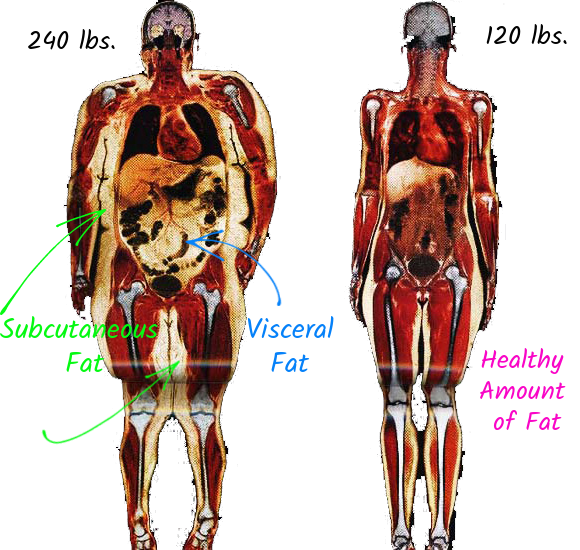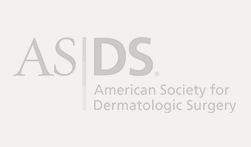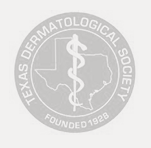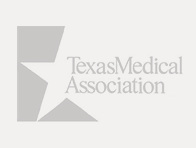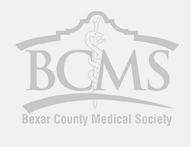Visceral vs. Subq Fat
Only subcutaneous fat can be treated with fat reduction devices or liposuction.
Subcutaneous (subq) fat is the fat layer between skin and muscle. These fat pads can be reached and destroyed by fat reducing procedures. Visceral fat is located in the abdominal cavity, surrounding and smothering internal organs such as the liver, pancreas, intestines, etc. Devices cannot reach or affect visceral fat, and liposurgery is an impossibility, as fat cannot be suctioned from around organs.
FYI: About 50% of us have a propensity for visceral fat storage, and the other 50% has subcutaneous tendencies.
Fat storage is mostly visceral if the belly is round and firm, especially in comparison to disproportionately slim legs and arms. The ONLY way to reduce visceral fat is diet and exercise (aka. “calories in, calories out”). For health’s sake, you must make every effort to reduce visceral fat.
Visceral fat is linked to far more diseases than high cholesterol and high blood pressure. A high percentage of visceral fat also is implicated in these chronic diseases:
Cardiovascular Disease
Dementia
Diabetes
Asthma
Breast Cancer
Colon Cancer
If fat is somewhat jiggly on the surface, it likely is predominately subq fat. Areas dense with subcutaneous fat can successfully be reduced with procedures such as truSculpt 3D. Permanent subq fat reduction with truSculpt 3D or Kybella yields very high patient satisfaction. An added bonus of truSculpt 3D is it also tightens skin, whereas most all other fat reducing procedures (ie. lipo or cryolipolysis) do not.
Skin retraction and tightening is very important post fat reduction. To illustrate: picture fat along upper arms (bat wings) or abdominal area. Let’s suppose fat has occupied space in these areas for a very long time. If fat is removed from areas where skin lacks elasticity and therefore, the ability to retract, skin becomes an issue (excess, loose, crepey). The great news about truSculpt 3D is that a by-product of radiofrequency procedures is skin tightening. YAY! Even Kybella offers varying degrees of skin retraction.
Still, not everyone is a candidate for fat reducing procedures.
Ideal candidates are those with a solid handle on their weight. They understand fat reducing treatments are not substitutes for diet and exercise. Ideal candidates may even use truSculpt 3D or Kybella to help highlight or show more definition of their musculature. For example, even a slight reduction of fat on the upper arms can make biceps, triceps and other upper arms muscles visible and beautifully sculpted. Other ideal candidates want reduction in areas resistant to their best efforts of diet and exercise. No matter their weight, there are areas disproportionate to their overall body frame, such as saddlebags.
Good candidates are those whose weight is on the decline. They have made great strides in their weight loss program and are holding steady on their course. These candidates may just need a boost or reward to encourage them on their weightloss journey.
Poor candidates are those who equate fat reduction procedures with replacements for diet and exercise. For these patients, fat reduction may offer initial satisfaction, but likely won’t last.
For instance, poor candidates battle with maintaining a healthy weight/height ratio. If subq fat is permanently and globally reduced, yet moderate to significant weight is gained over time, chances are high that fat cells will be expanded in other, often undesirable areas, including viscerally. Body proportions look somehow “off” when patients gain weight after fat reducing treatments. It is important to have good diet and exercise habits.
Read more about truSculpt 3D and Kybella.

